The Rift
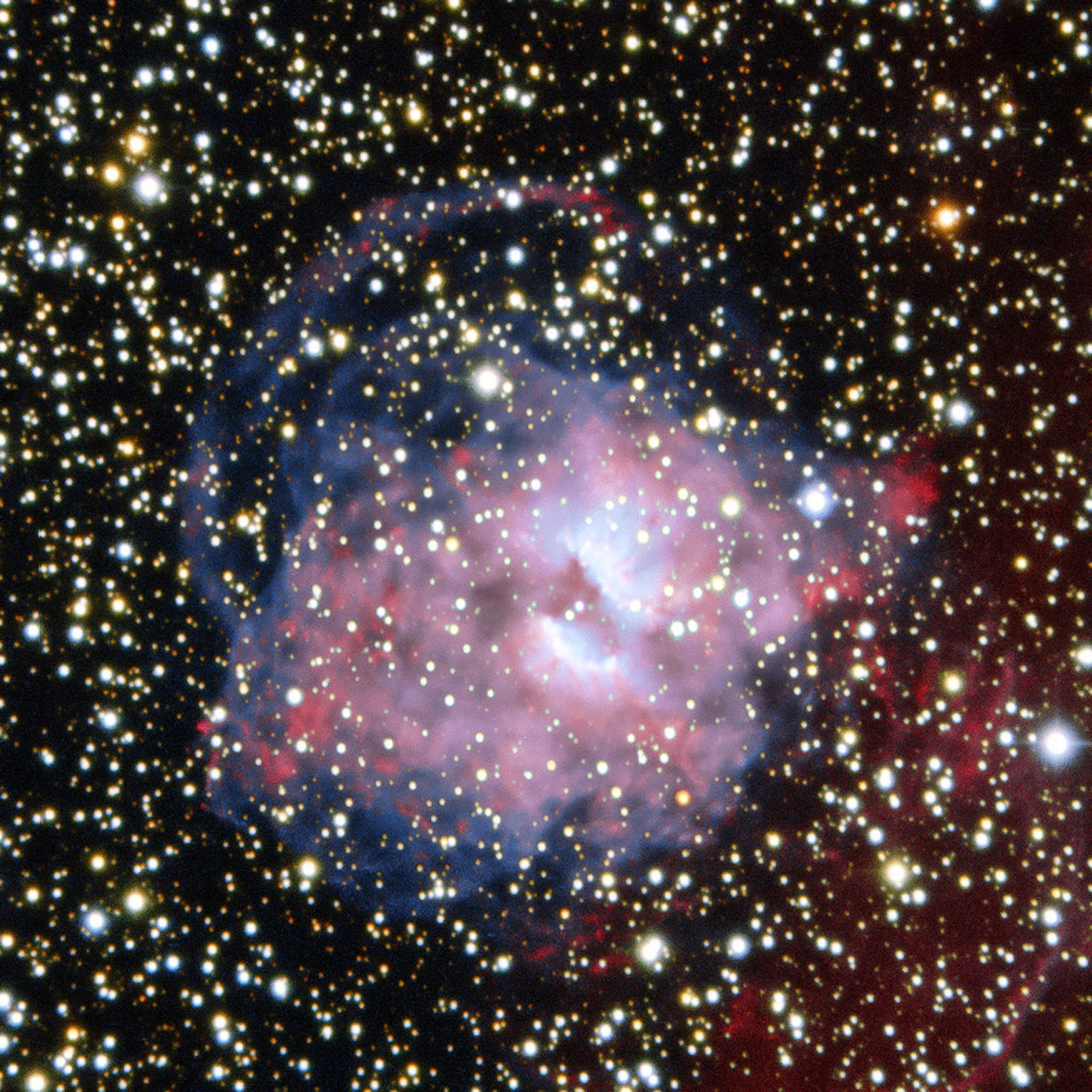
Tuesday, Dec. 15, 2015: NGC 3699 is a planetary nebula imaged by the ESO Faint Object Spectrograph and Camera (EFOSC2) at ESO's La Silla Observatory. A dark rift cuts through the nebula, almost bisecting it. Planetary nebula arise when sun-like stars reach the end of their lives and blow off their gaseous outer layers, which glow with ultraviolet radiation emitted from the stars’ contracting cores. (The term “planetary nebula” is a misnomer arising from William Herschel’s incorrect identification of these objects when viewing them through the telescopes of his era. Planetary nebulas do not have anything to do with planets.) Image released Dec. 15, 2015.
— Tom Chao
Don't You Know That You Are a Shooting Star?
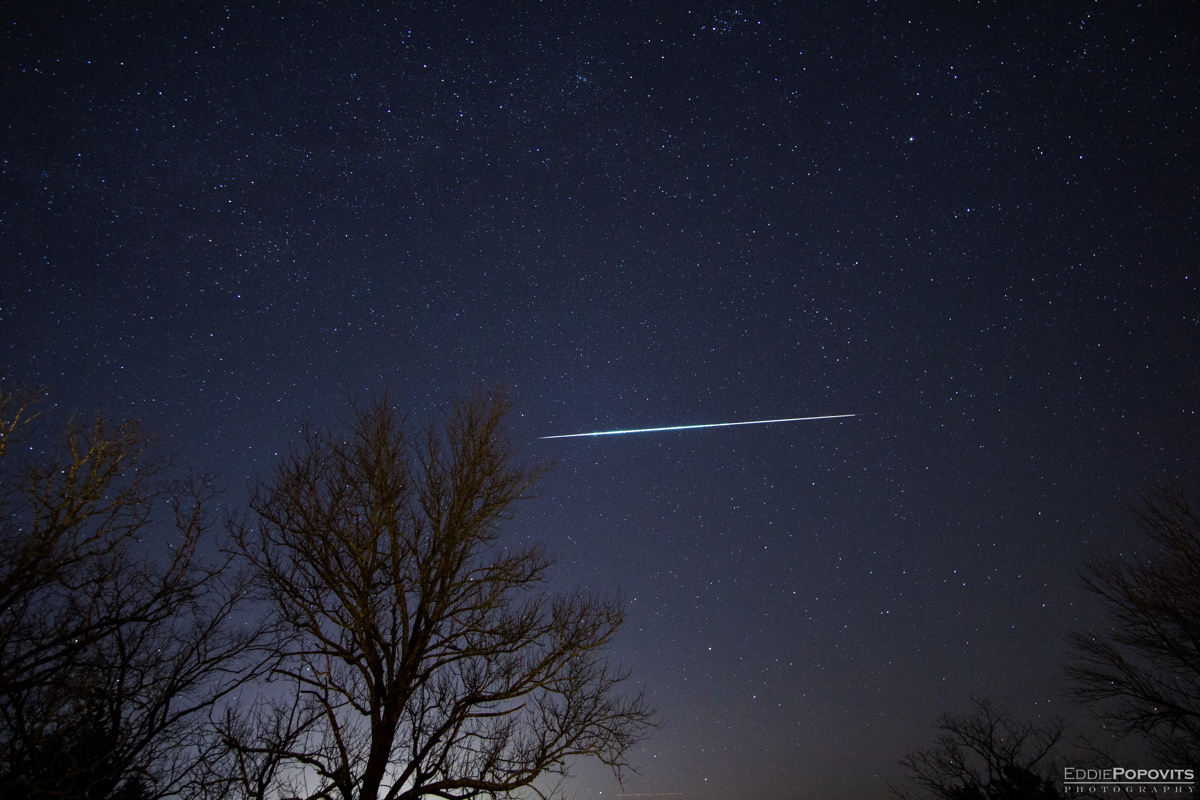
Wednesday, Dec. 16, 2015: Astrophotographer Eddie Popovits sent in a photo of a Geminid meteor streaking through the sky over Branson, Missouri, on Dec. 15, 2015. He writes in an email message to Space.com: “This one left a nice train that lasted several minutes.”
— Tom Chao
Red Planet Blues
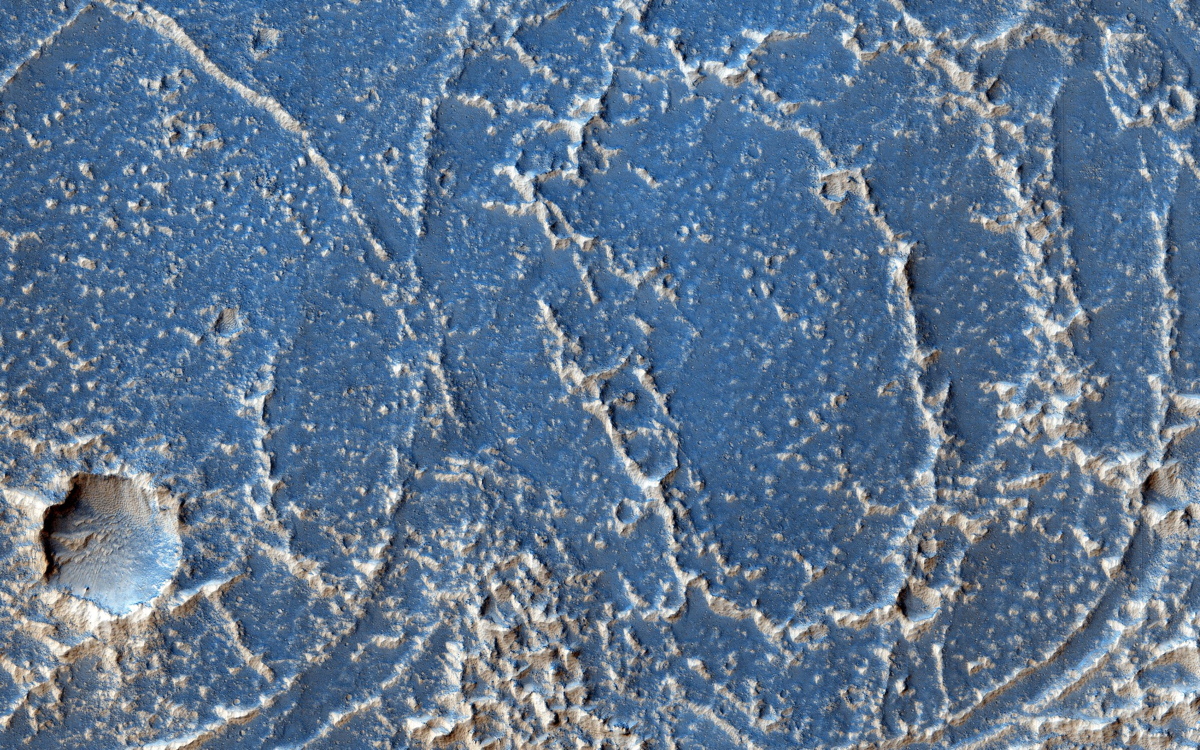
Thursday, Dec. 17, 2015: Bright and dark patterns with curving boundaries are seen on the surface of Mars. Lava flows have flooded this area, known as Echus Chasma, producing rough and smooth surfaces. The rough areas captured bright dust, creating the contrasts in brightness. Image released Dec. 10, 2015.
— Tom Chao
We’re Leaving the Planet
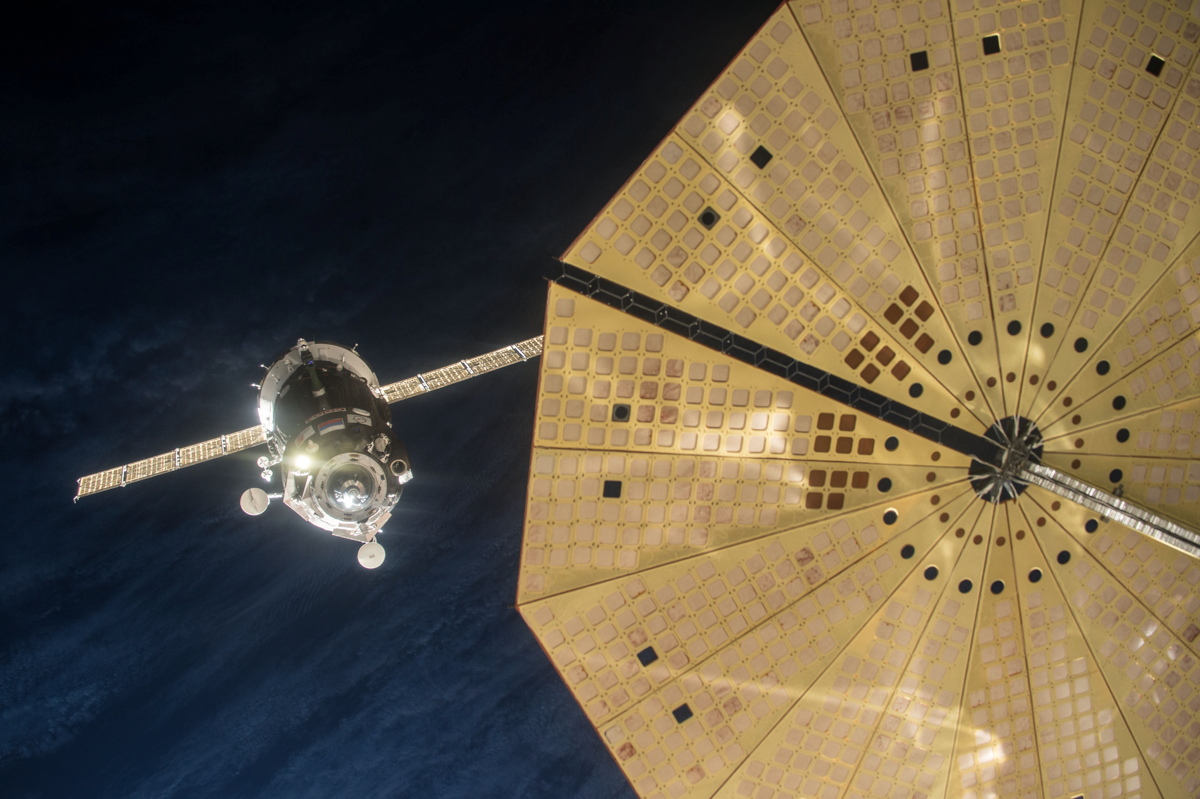
Friday, Dec. 18, 2015: The Soyuz TMA-19M spacecraft carrying Expedition 46 crew members docked to the International Space Station on Dec. 15, 2015. Russian cosmonaut Yuri Malenchenko, Flight Engineer Tim Kopra of NASA, and Flight Engineer Tim Peake of ESA (European Space Agency) joined Expedition 46 Commander Scott Kelly (NASA) and Flight Engineers Sergey Volkov and Mikhail Kornienko (Roscosmos) already onboard the station. The solar array of the docked Orbital AT Cygnus cargo vehicle is seen at right.
— Tom Chao
I’m Running Down This Mountain Pass
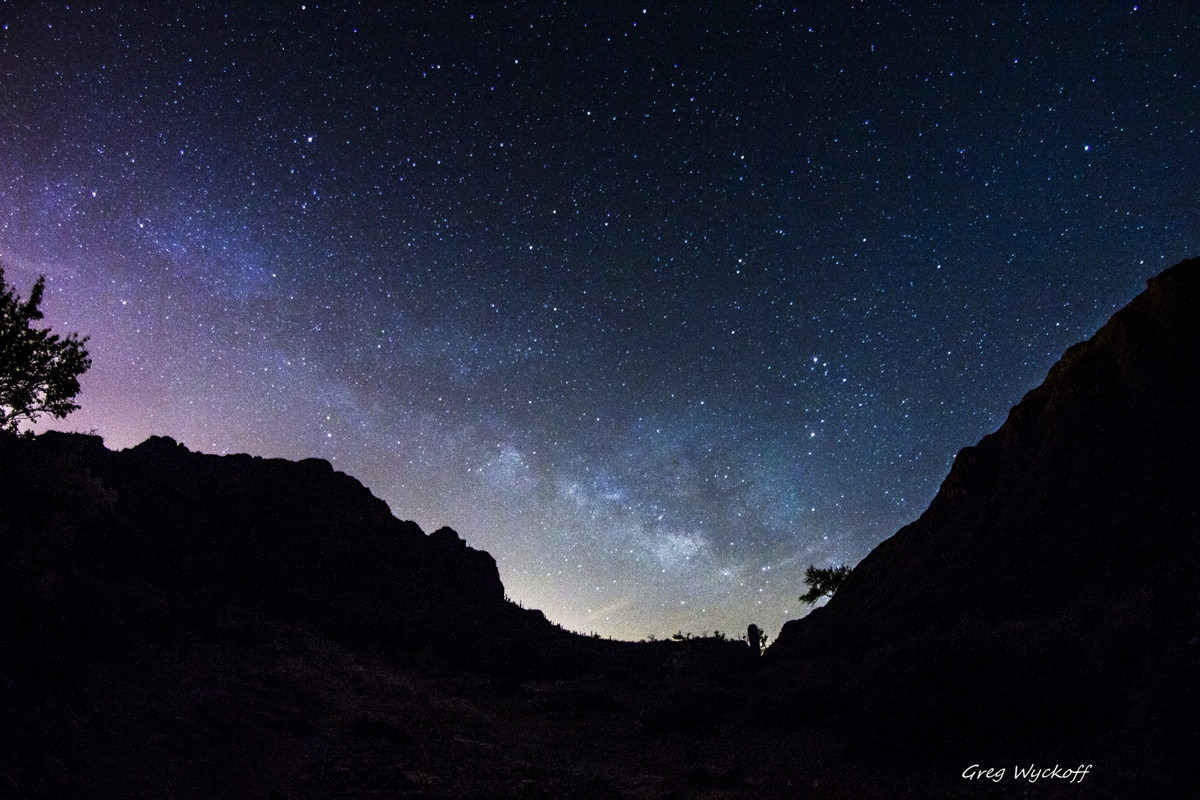
Monday, Dec. 21, 2015: Astrophotographer Greg Wyckoff captured the Milky Way through Gates Pass, Arizona. He notes that the light pollution from Tuscon glows in the background. Image submitted Nov. 29, 2015.
— Tom Chao
In the Aeroplane Over the Sea
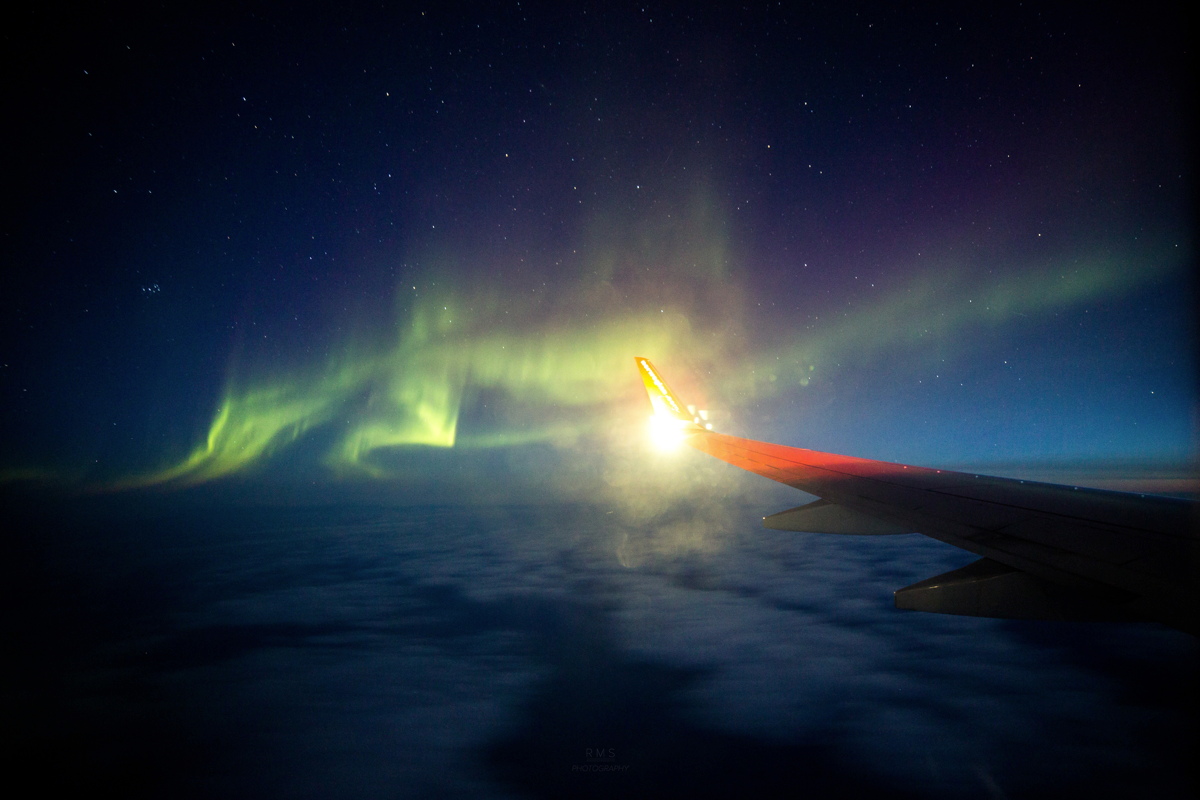
Tuesday, Dec. 22, 2015: Astrophotographer Ruslan Merzlyakov caught an aurora from his seat on a plane flying over the Barents Sea on Dec. 7, 2015. The Barents Sea lies north of Russia and Norway in the Arctic Ocean. He writes in an email message to Space.com: “I was so lucky having [a] window seat!”
— Tom Chao
French Skies
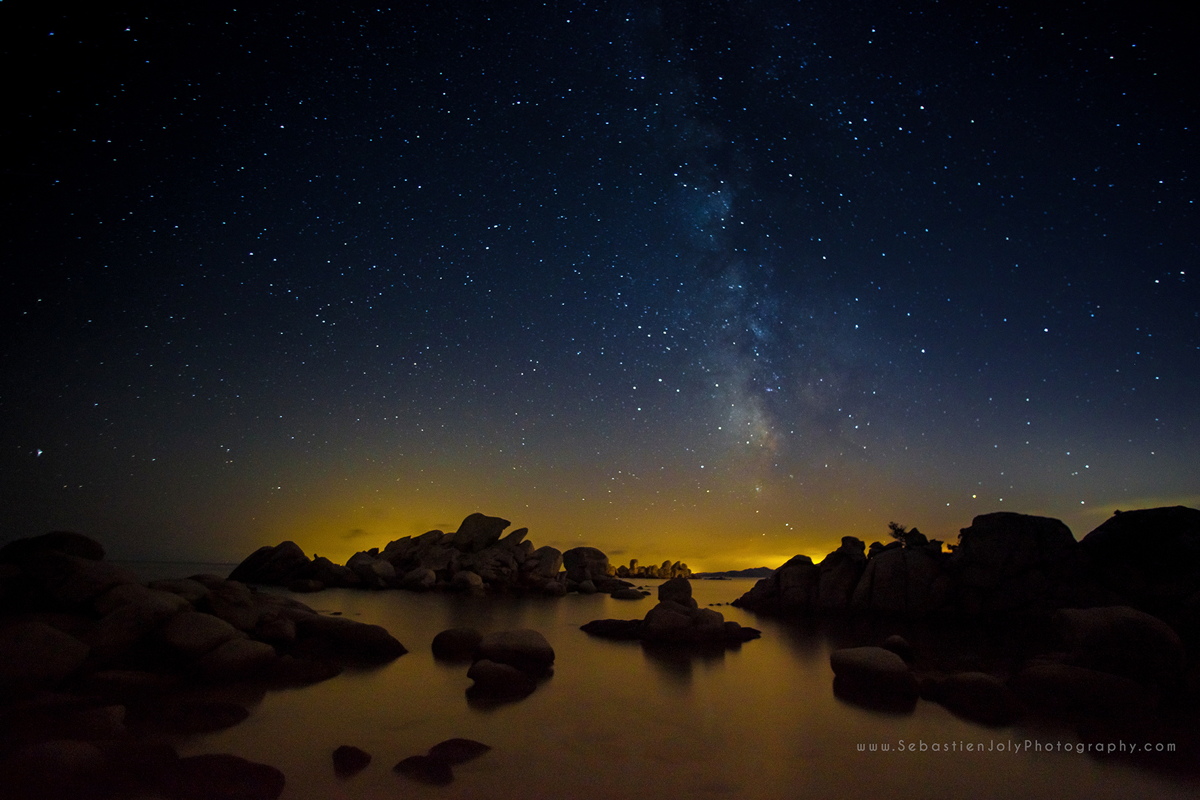
Wednesday, Dec. 23, 2015: Astrophotographer Sébastien Joly sent in a photo of the moon rising over Palombaggia Beach, Corsica, France. He writes in an email message to Space.com: This is one of my favourite pictures; I took it in Corsica on Palombaggia Beach (southern Corsica, close to Porto-Vecchio). The yellow light in [the] background is from Sardinia.” Image submitted Nov. 25, 2015.
— Tom Chao
Get the Space.com Newsletter
Breaking space news, the latest updates on rocket launches, skywatching events and more!
Jellyfish in the Sky
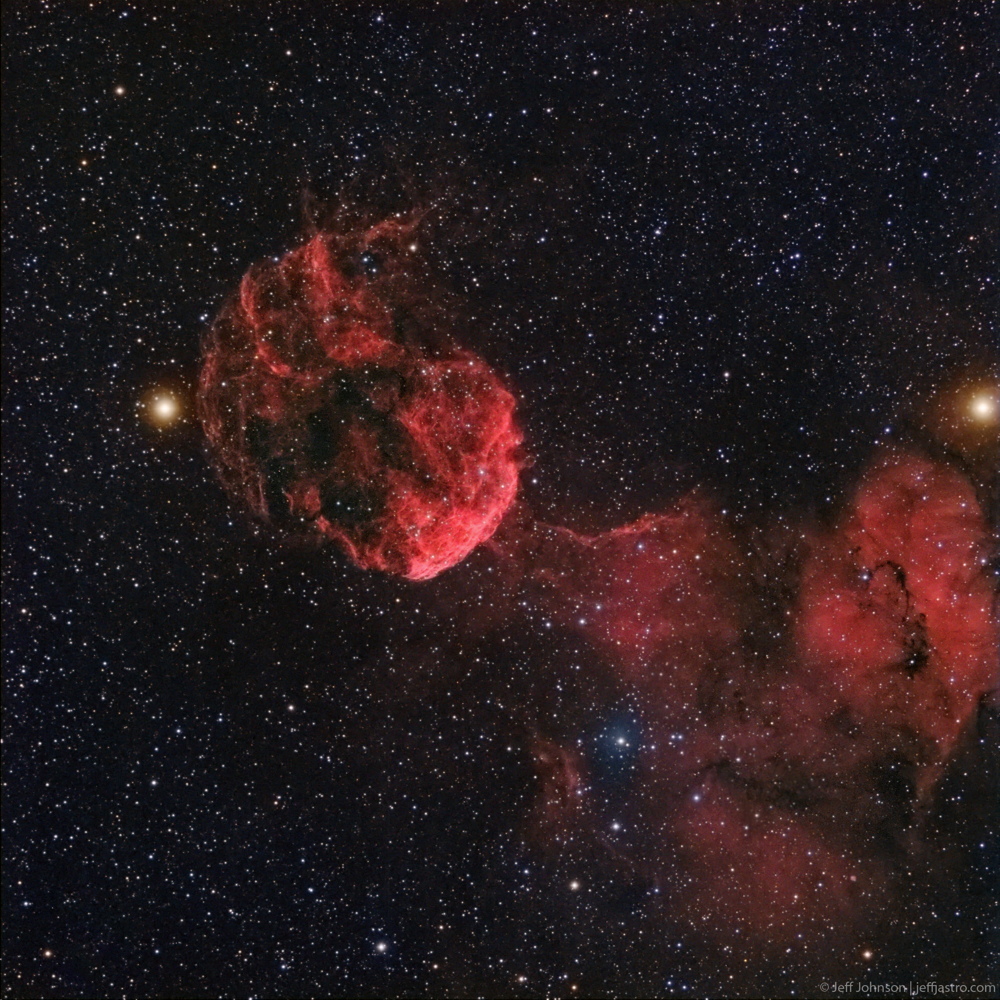
Thursday, Dec. 24, 2015: Astrophotographer Jeff Johnson sent in a photo of the Jellyfish Nebula that he obtained on Oct. 13, 2015, in Las Cruces, New Mexico. The nebula, also knowh as IC 443 and Sharpless 248 (Sh2-248), lies about 5,000 light-years away from us, and represents the remains of a supernova that exploded.
— Tom Chao
Get Me on Your Wavelength
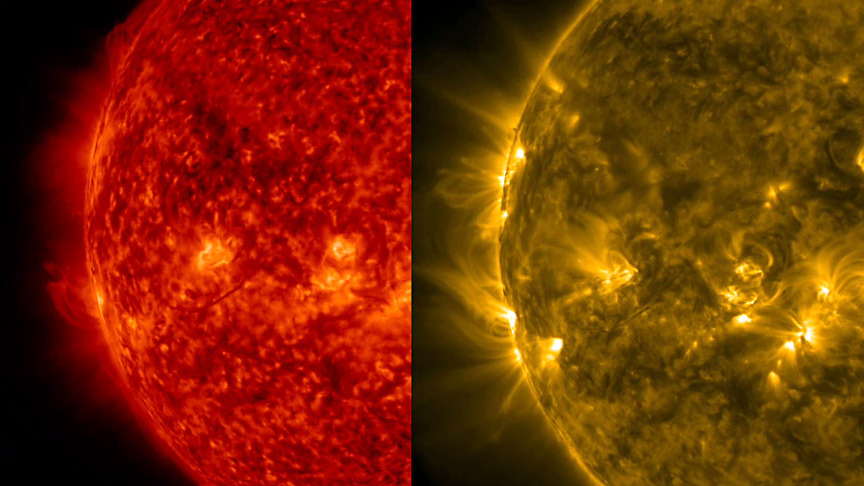
Monday, Dec. 28, 2015: Side-by-side images of the sun seen by Solar Dynamics Observatory at the same time on Dec. 10-11, 2015, in two different wavelengths of extreme ultraviolet light highlight different features of our fiery star. The 171 Angstrom wavelength (gold), shows fine strands of plasma looping above the sun. The 304 Angstrom wavelength (red) captures cooler plasma closer to the sun's surface. SDO has the capability to observe the sun in 10 different wavelengths so that it can identify different features at various temperatures and elevations above the sun.
— Tom Chao
Everybody, Get in Line!
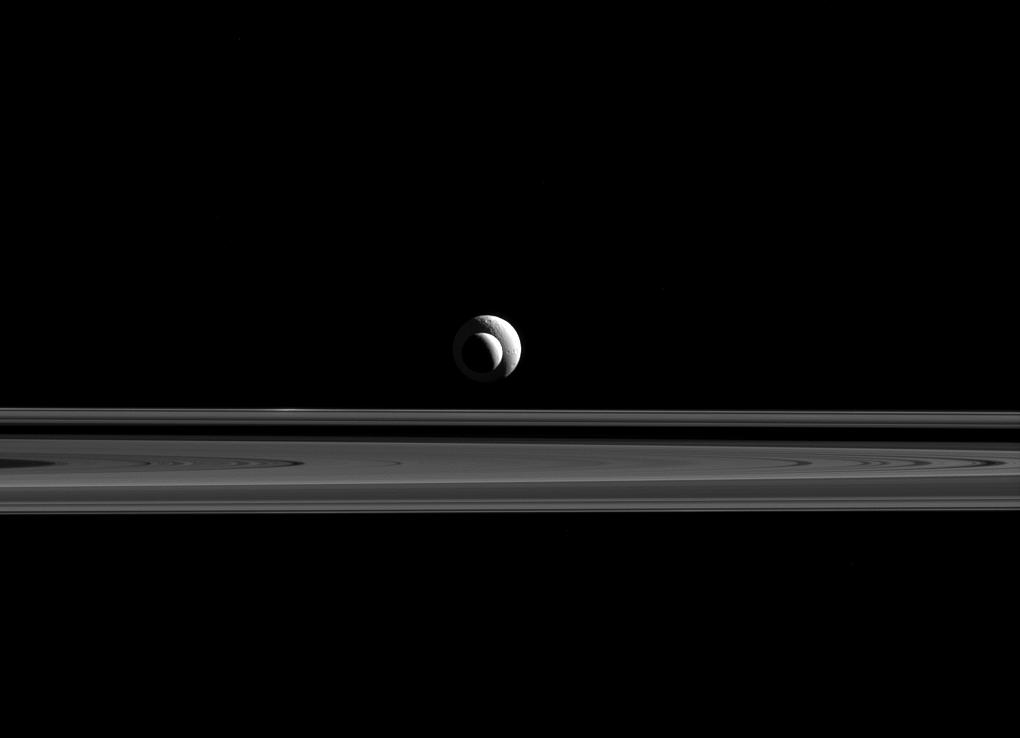
Tuesday, Dec. 29, 2015: Saturn's moon Enceladus and Tethys line up for Cassini spacecraft's cameras, with the planet’s signature rings seen below. The two moons were floating at relatively similar distances from Cassini, so the apparent sizes in this image give a good approximation of the relative sizes of Enceladus (313 miles or 504 kilometers across) and Tethys (660 miles or 1,062 kilometers across). Cassini spacecraft’s narrow-angle camera took the image in red light on Sept. 24, 2015. Cassini was flying approximately 1.3 million miles (2.1 million kilometers) from Enceladus and 1.6 million miles from Tethys. Image released Dec. 14, 2015.
— Tom Chao
Join our Space Forums to keep talking space on the latest missions, night sky and more! And if you have a news tip, correction or comment, let us know at: community@space.com.










